
My Green Future
All kinds of people work in the forest—from foresters, to loggers, to scientists. Everyone depends on properly managed forests for recreation, essential products, wildlife and biodiversity, clean water and air.

All kinds of people work in the forest—from foresters, to loggers, to scientists. Everyone depends on properly managed forests for recreation, essential products, wildlife and biodiversity, clean water and air.
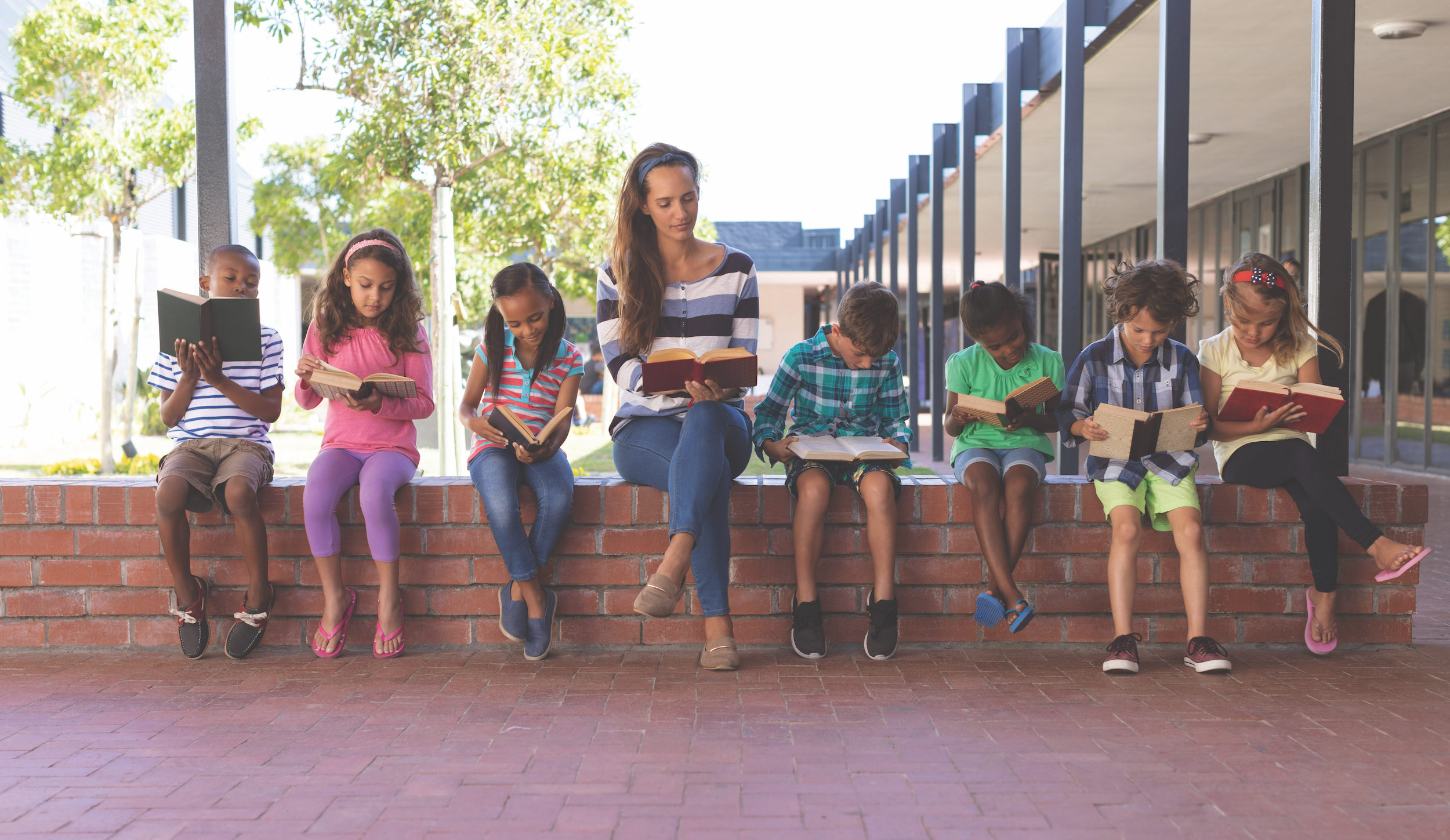
Regular time outdoors is beneficial for emotional, mental, and physical health, as well as for creativity, learning, and child development. In this activity, students will examine the physical and emotional effects of a task done outdoors.
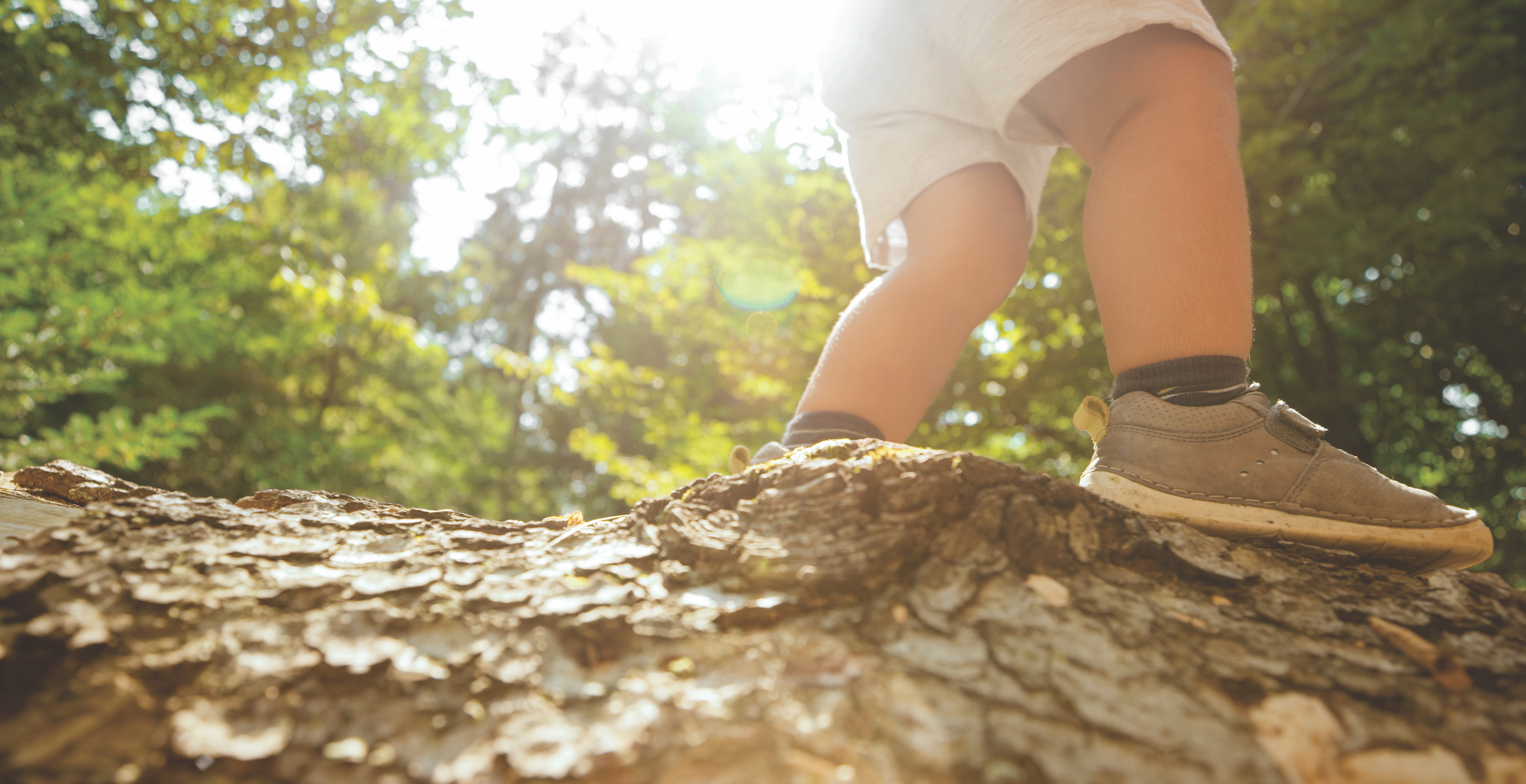
It’s amazing how many things live in and on rotting logs. In this activity, your students will become familiar with some of those organisms by observing fallen logs or other decomposing pieces of wood.
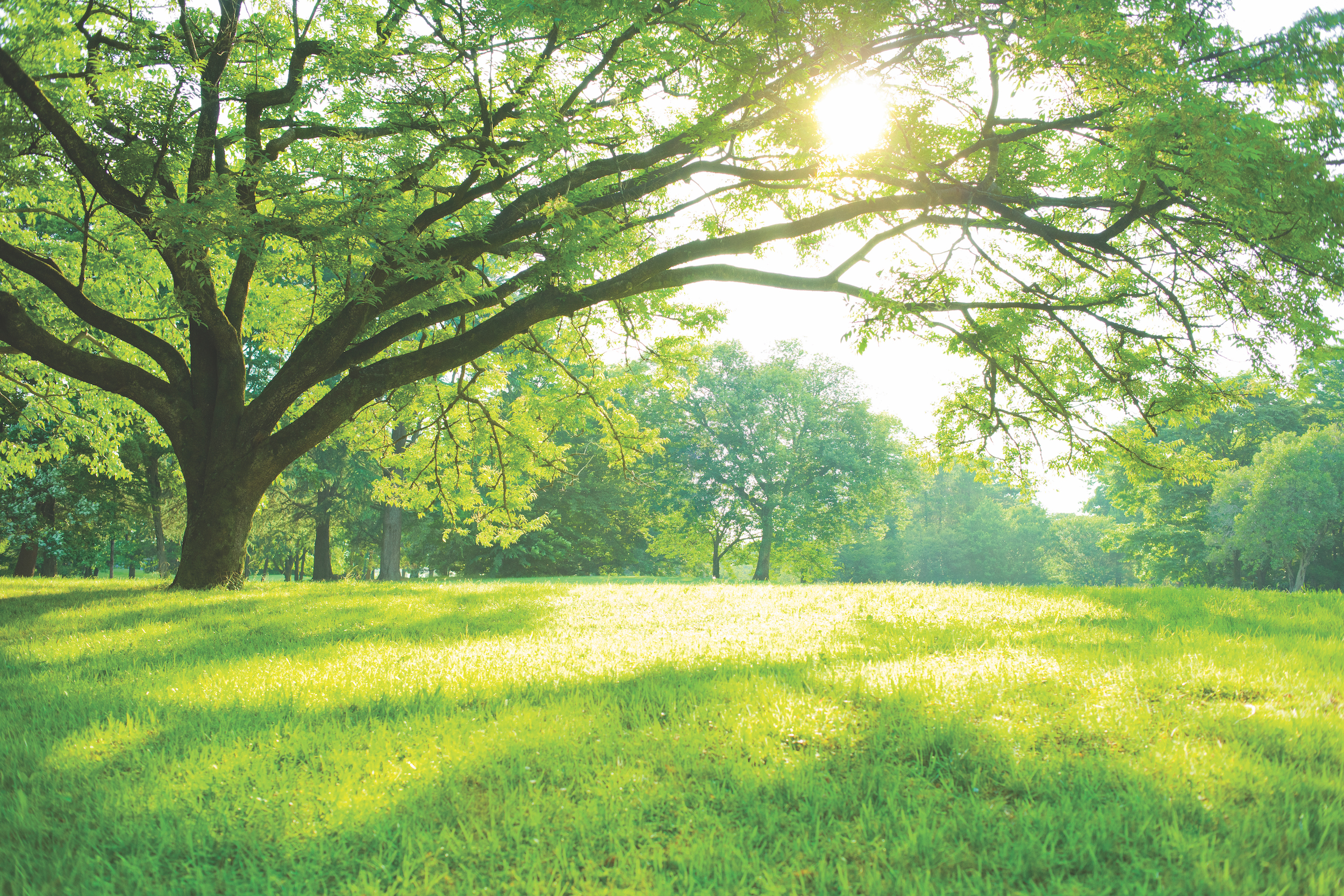
This fun and active modeling simulation reviews the conditions that trees need to live and grow, while also demonstrating that trees must compete to meet their needs.
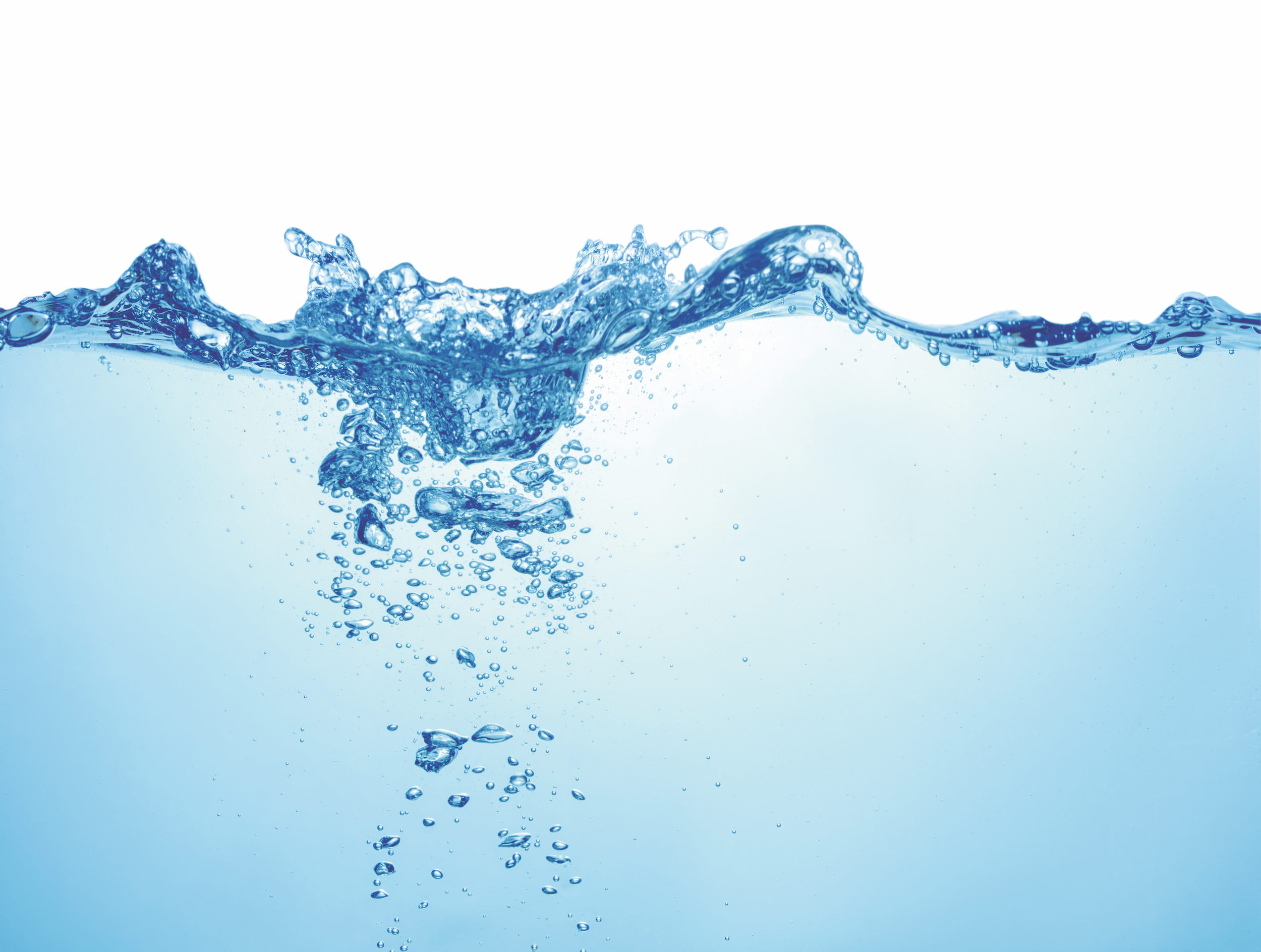
It’s easy to waste water and even easier to take water for granted. Water pours out of our faucets as though it were endlessly available. But the truth is the supply of good quality, fresh water is limited. Fortunately, we can all conserve water.
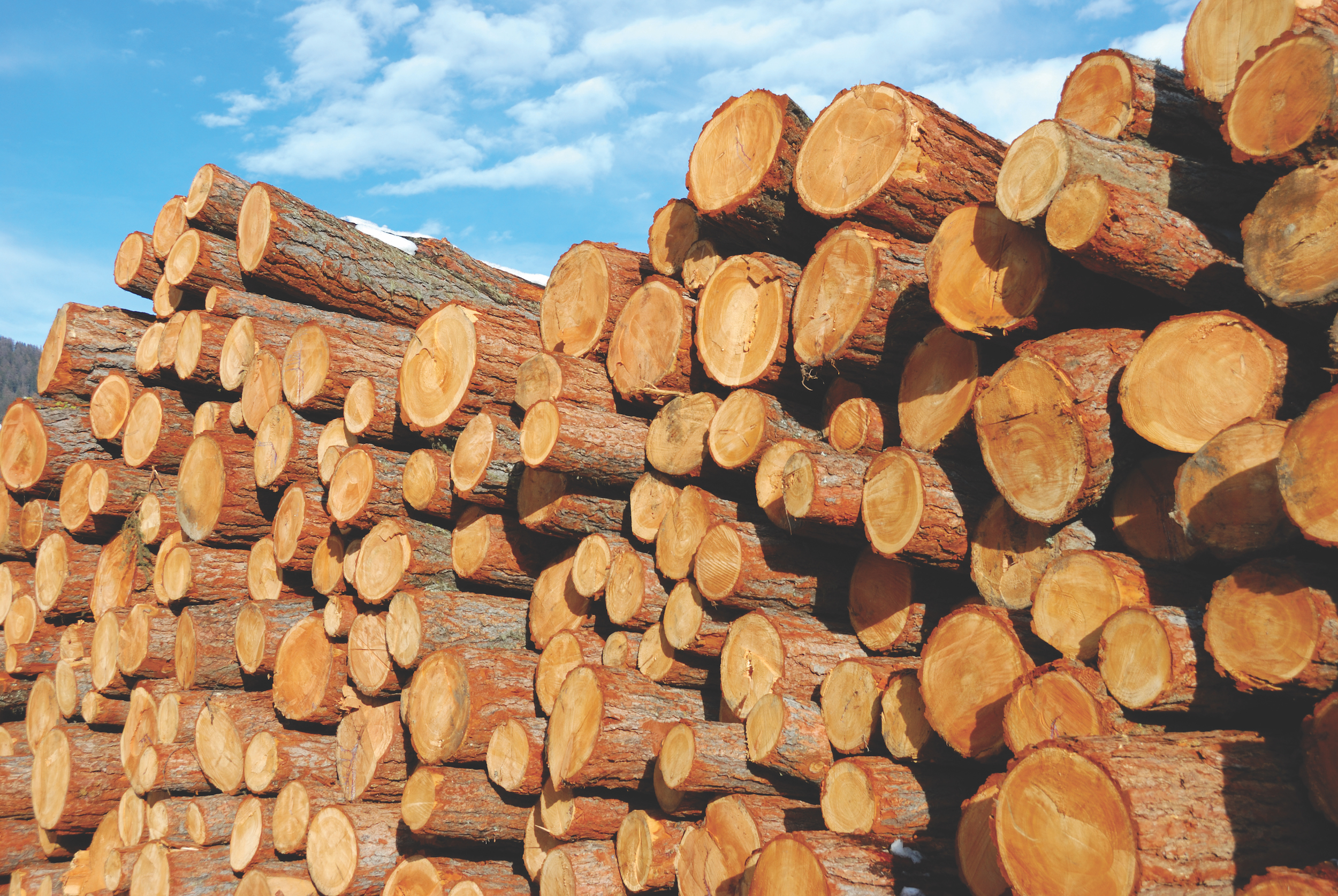
Students are often surprised to learn how many different products we get from trees. Use this activity to help students learn just how much we depend on trees in our daily lives.
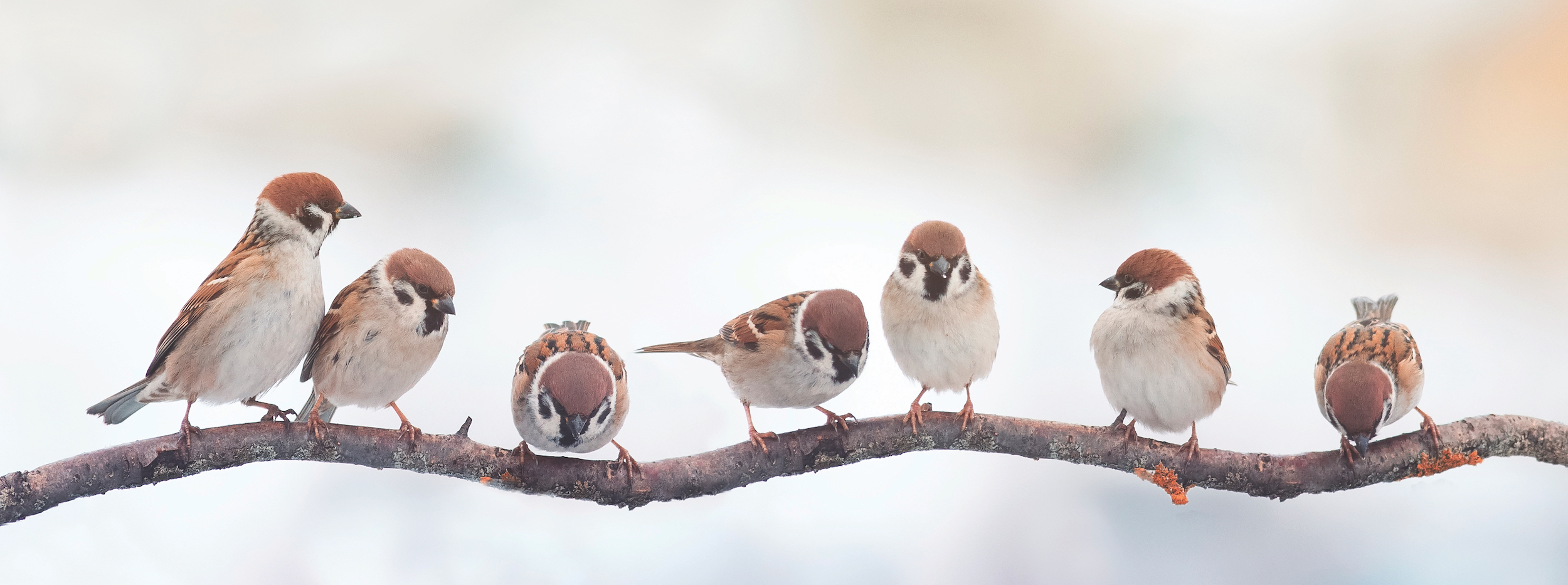
From their leafy branches to their tangled roots, trees provide habitat for a host of plants and animals. Students will inventory the plants and animals that live in, on, and around trees and discover how plants and animals depend on them.

Students learn about the papermaking process by trying it themselves. Students will find out that they can make their own paper and that their product is practical, as well as beautiful.
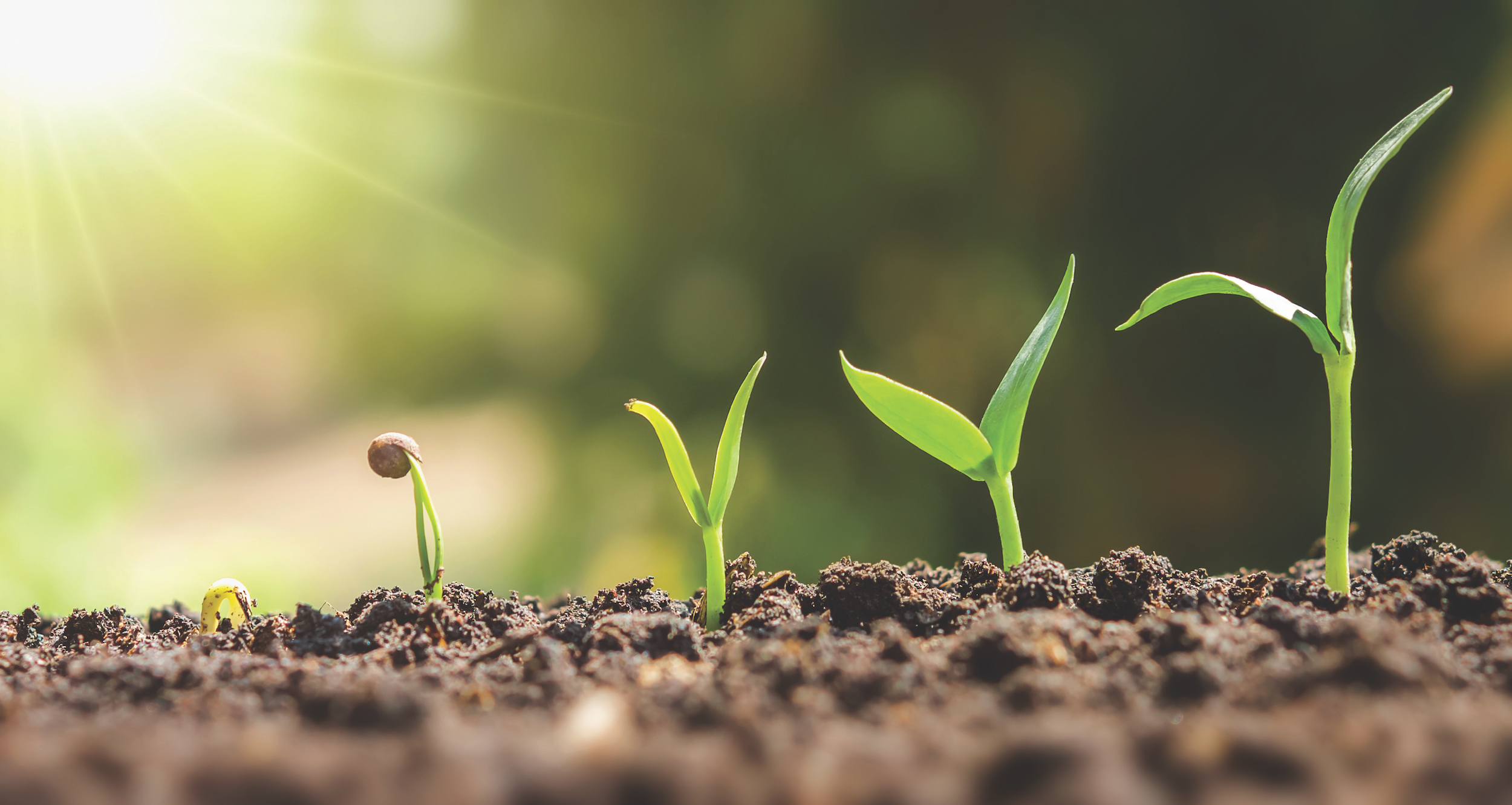
A plant is a biological system that needs sunlight, water, air, nutrients, and space in order to survive and thrive. Students conduct inquiry-based experiments to explore these essential plant requirements.
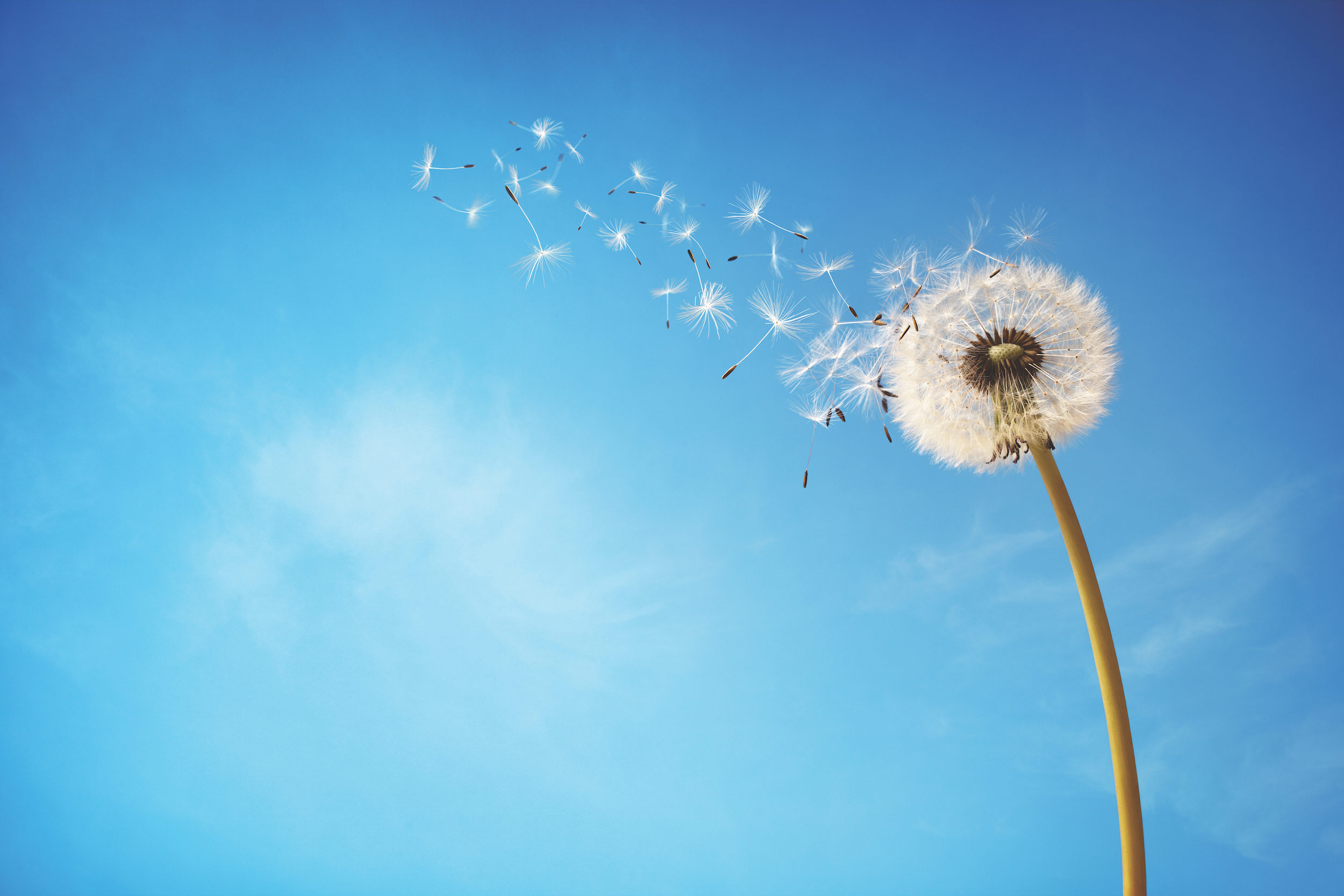
A plant is a biological system containing processes and components that enable it to grow and reproduce. By observing, collecting, and classifying seeds, students examine one aspect of a plant’s reproductive system.